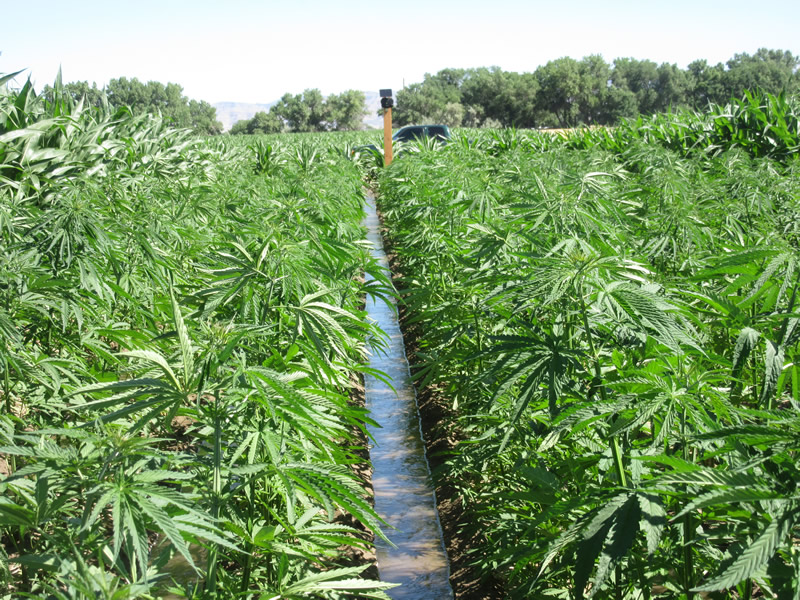Hemp is being called a “new tool” in farmers’ toolboxes. I’m curious to see what kind of production Minnesota will see during the 2020 growing season. Does anyone have any idea as far as what kind of production we’re looking at this year?

Anyway, those farmers wanting to grow or process the crop in Minnesota in 2020 must apply for a license with the Minnesota Department of Agriculture (MDA) by March 31.
This is the fifth year of the state’s Industrial Hemp Program. Last year, 550 people held licenses to grow or process hemp. Over 7,300 acres and 400,000 indoor square feet were planted in Minnesota.
“We believe in the potential of the developing industry,” said Assistant Agriculture Commissioner Whitney Place. “We want to ensure that everyone who would like to grow and process it in Minnesota is able to do so. They simply need to apply by March 31.”
The online application for growers and processors can be found on the MDA website at www.mda.state.mn.us/industrialhemp. Along with the online form, first-time applicants need to submit fingerprints and pass a criminal background check.
The 2018 Federal Farm Bill legalized hemp as an agricultural commodity. Last fall, the U.S. Department of Agriculture (USDA) released an interim final rule that outlined state and tribal plans for growing the crop. Minnesota is continuing under the existing pilot program in 2020.
Questions about the MDA’s Hemp Program should be sent to hemp.mda@state.mn.us or 651-201-6600.


